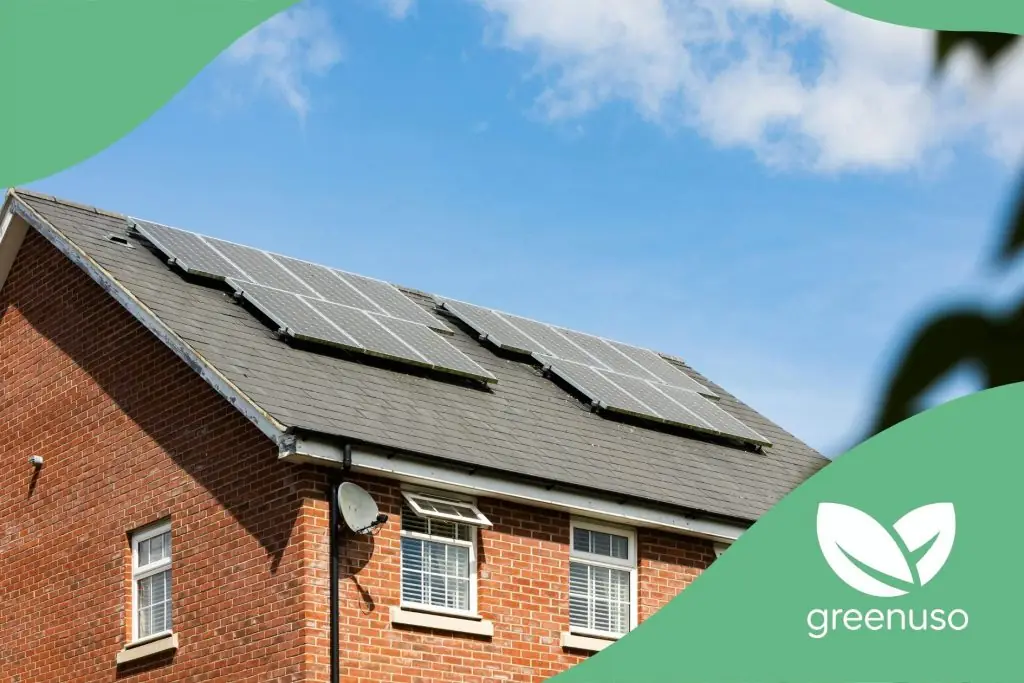The rise of solar-powered restaurants is transforming the hospitality industry by offering a wide range of advantages—from significantly lowering operational expenses to reducing the environmental footprint. By embracing solar energy systems, restaurants can not only increase energy efficiency but also move towards a more sustainable business model.
Find out how becoming a solar-powered restaurant allows you to produce your own renewable energy, lower electricity bills, and actively contribute to a greener future.
Why Go Solar? The Case for Solar-Powered Restaurants
Incorporating solar energy isn’t just a trend—it’s a smart investment. Solar-powered restaurants stand out for their ability to combine profitability with eco-conscious practices.
Explore how switching to solar for your kitchen, lighting, and overall energy needs can turn your establishment into a more sustainable and cost-effective operation.
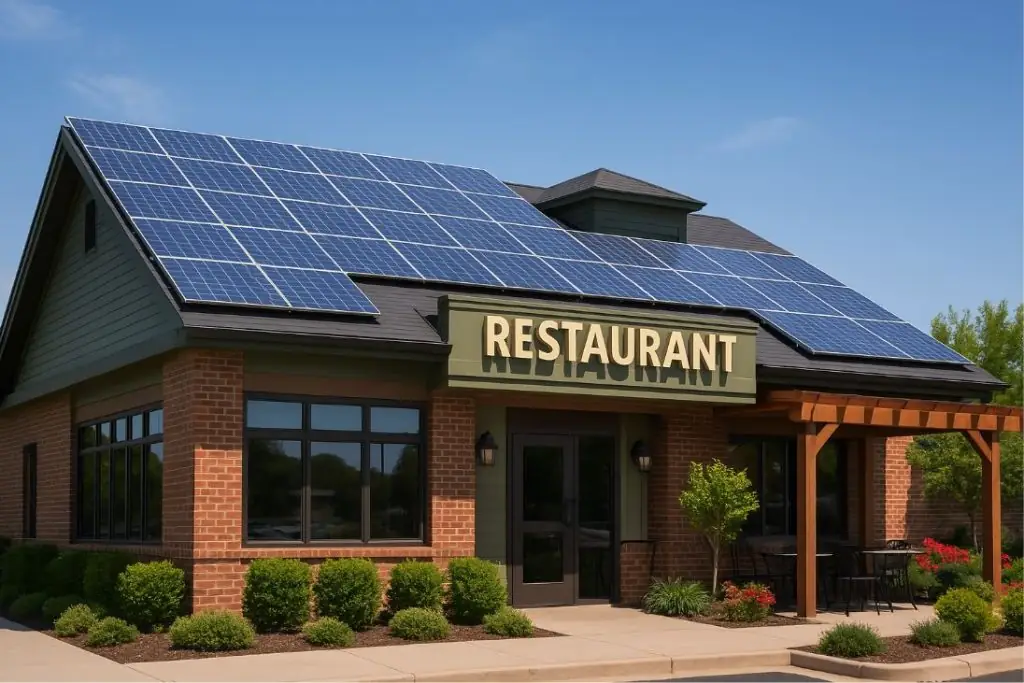
Environmental Benefits of Solar-Powered Restaurants
Solar energy is a clean, renewable power source that produces zero greenhouse gas emissions during operation. Solar-powered restaurants help reduce the demand for fossil fuels, thus lowering carbon emissions and making a measurable impact on climate change.
Installing solar panels in your restaurant not only cuts CO₂ output but also sends a powerful message to customers about your commitment to environmental responsibility.
Cost Savings and Financial Benefits
Implementing solar energy in restaurants leads to significant long-term energy savings by reducing grid energy consumption and improving equipment efficiency.
Restaurants can also reduce dependency on the power grid and may even generate surplus energy to sell back, offering additional financial returns.
Besides environmental advantages, going solar enhances your restaurant’s image and reflects a commitment to sustainability—something increasingly valued by customers.
Getting Started: How to Become a Solar-Powered Restaurant
Interested in cutting your restaurant’s energy costs and supporting a sustainable future? Solarising your premises could be the perfect solution.
From assessing your energy needs to select and install the right solar panels, we’ll provide valuable insights and practical tips to help you get started.
Keep reading and take note of each step to begin implementing solar energy in your restaurant.
Feasibility Assessment and Cost Analysis
Before making the switch, conduct a detailed feasibility study to determine whether becoming a solar-powered restaurant is the right move.
This analysis should cover technical, legal, environmental, and financial factors. Consulting a professional with experience in hospitality energy projects can provide a clearer picture of potential savings and risks.
When performing a cost analysis, calculate the investment required for turning your restaurant into a solar-powered restaurant. Include solar panel prices, installation fees, maintenance, and long-term energy savings. Don’t forget to explore government subsidies, tax benefits, and incentives that could help reduce upfront costs.
Choosing the Right Solar System
Every restaurant has unique energy requirements. To operate as an efficient solar-powered restaurant, you’ll need a system tailored to your specific consumption and physical layout.
You can choose between photovoltaic systems that generate electricity or solar thermal systems for heating water. Key factors include roof space, building orientation, shading, and local regulations.
Careful planning ensures your transition to a solar-powered restaurant is both effective and compliant with legal standards.
Key Components of a Solar Energy System for Restaurants
To function as a successful solar-powered restaurant, you’ll need to understand the main components of a solar energy system and how they work together.
These include solar panels, inverters, batteries (if storage is required), mounting systems, and cabling. All these parts must be installed correctly to ensure optimal performance and durability in a busy foodservice environment.
Solar Panels: Types and Selection
Solar panels are the foundation of any solar-powered restaurant. The three main types are monocrystalline, polycrystalline, and thin-film panels—each with different efficiency levels and space requirements.
Choosing the right panels depends on your budget, available space, and energy targets. For solar-powered restaurants in urban settings with limited roof space, high-efficiency panels may be the best option.
Inverters, Batteries, and Other Essential Components
Inverters are essential for converting the direct current (DC) generated by solar panels into alternating current (AC) used by your restaurant’s appliances.
Inverters also monitor and manage system performance, ensuring safe and efficient operation.
Batteries are optional, but useful for storing energy generated during the day for use at night or during periods of low sunlight.
They offer greater energy independence and are especially valuable in areas with unreliable or expensive electricity supply.
Other essential components include wiring, mounting systems, and support structures to ensure correct installation and operation.
Solar Panel Installation Process
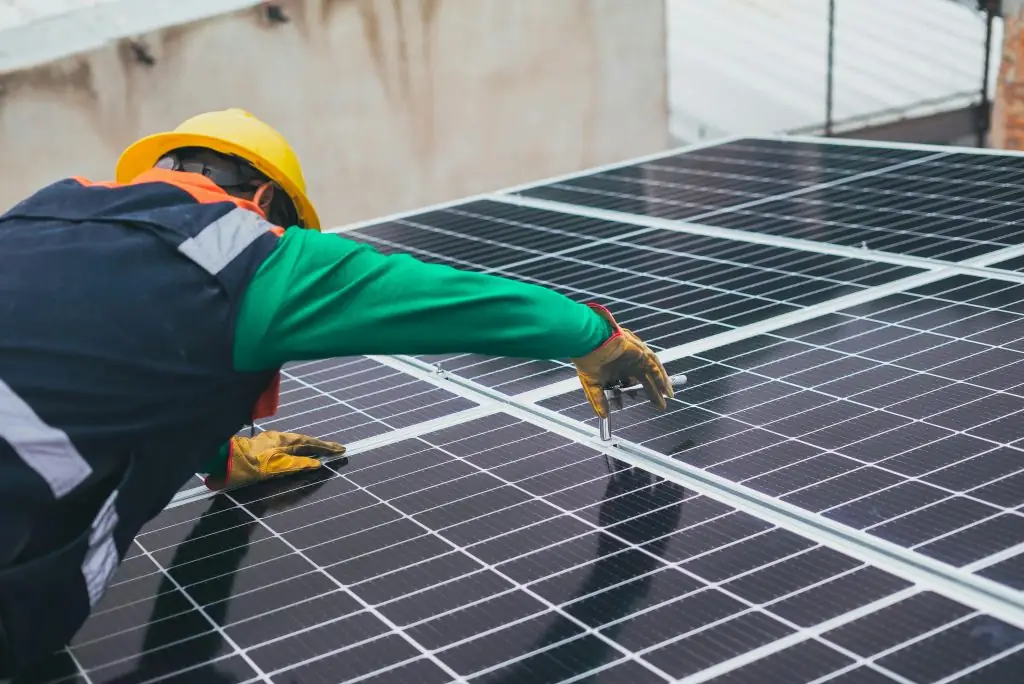
Imagine significantly lowering your energy bills while also reducing your carbon footprint.
Solar panels are an eco-friendly, cost-effective solution for powering your restaurant with clean, renewable energy. You save money and protect the planet.
Follow each step of the solar panel installation process, from initial assessment and system design to installation and commissioning.
Installation Process for Solar-Powered Restaurants
The journey to becoming a solar-powered restaurant starts with system design and site assessment. You’ll need to determine your restaurant’s energy profile, evaluate your roof’s condition, and check for any shading issues.
Once permits are obtained, professional installers will fit the panels and components according to the energy plan. Finally, your system is connected to the restaurant’s grid—making your establishment officially a solar-powered restaurant.
Permissions and Regulations: What You Need to Know
To operate legally as a solar-powered restaurant, you must comply with local planning, building, and grid connection regulations.
Depending on your location, this may include submitting project plans, obtaining a building permit, and passing inspections. Some areas may also require environmental assessments or utility approvals.
Understanding these legal steps is vital for a smooth and compliant transition to a solar-powered restaurant.
Incentives and Grants for Solar-Powered Restaurant
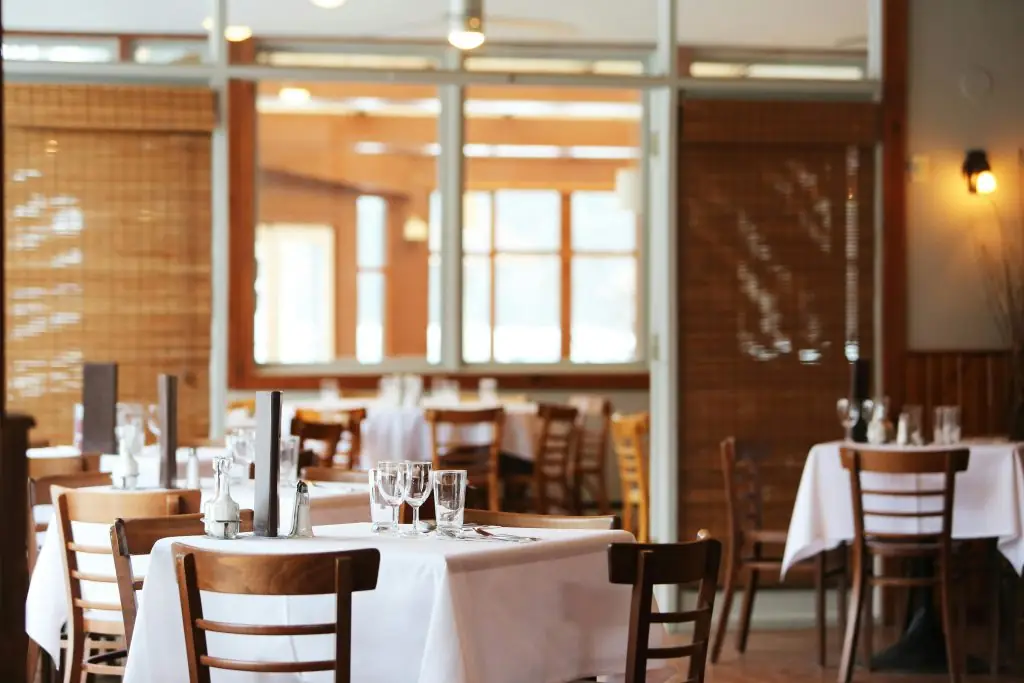
To operate legally as a solar-powered restaurant, you must comply with local planning, building, and grid connection regulations.
Depending on your location, this may include submitting project plans, obtaining a building permit, and passing inspections. Some areas may also require environmental assessments or utility approvals.
Understanding these legal steps is vital for a smooth and compliant transition to a solar-powered restaurant.
Government Grants and Tax Credits Available
Becoming a solar-powered restaurant can be financially rewarding thanks to a variety of incentives. Government grants, tax deductions, and low-interest loans can significantly reduce the cost of installation.
Research available programmes in your region and consult with energy consultants or local agencies to ensure you’re taking full advantage of what’s offered for solar-powered restaurants.
How to Apply for Funding as a Solar-Powered Restaurant
To qualify for funding or grants, solar-powered restaurants need to provide detailed project documentation—including expected energy output, installation plans, and business registration details.
Start by identifying relevant public or private programmes, and be sure to meet all application deadlines and requirements. Having clear projections of savings and environmental impact can strengthen your application.
Maintenance and Monitoring of Solar-Powered Restaurants
Maintaining your system is essential to ensure your solar-powered restaurant operates efficiently for years.
Routine cleaning, regular inspections, and checking connections will keep everything running smoothly. More importantly, performance monitoring allows you to detect issues early and optimise energy generation.
Using tracking software, solar-powered restaurants can maximise ROI and ensure a consistent and reliable energy supply.
Routine Care and Preventive Maintenance
Cleaning your solar panels regularly ensures maximum energy production. Check for any damage like cracks or wear and repair or replace as needed.
Inspect electrical components and cables to prevent malfunctions. A well-maintained system is key to keeping your solar-powered restaurant efficient, safe, and cost-effective.
System Monitoring and Optimisation
Performance monitoring tools help solar-powered restaurants track energy generation, spot declines in output, and adjust system settings to improve efficiency.
Real-time data enables smarter decision-making and faster maintenance interventions—allowing your solar investment to perform at its best.
The Future of Solar-Powered Restaurants in the Hospitality Industry
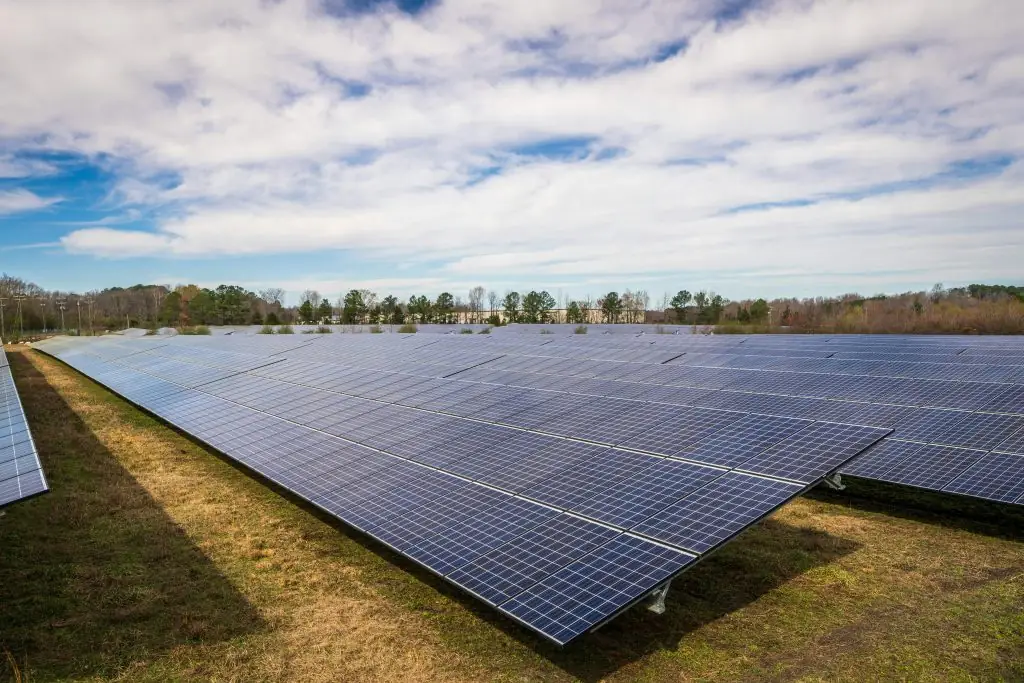
The hospitality sector is increasingly demanding sustainable and eco-friendly solutions, and solar energy is emerging as one of the most promising options.
With the capacity to generate clean, renewable power, solar systems help reduce operating costs, cut carbon emissions, and enhance guest experience.
Learn how solar energy is being adopted in hospitality and how it brings both economic and environmental benefits.
Emerging Trends and Developing Technologies
The hospitality sector is increasingly embracing sustainability, and solar-powered restaurants are leading the way.
By adopting renewable energy, these establishments lower costs, attract environmentally conscious customers, and build a stronger brand image.
Staying Ahead in Sustainability
To remain competitive, solar-powered restaurants must pair technology with sustainable values. This includes reducing waste, sourcing local ingredients, and staying informed about energy innovations.
By doing so, your restaurant doesn’t just follow the trend—it leads it.

